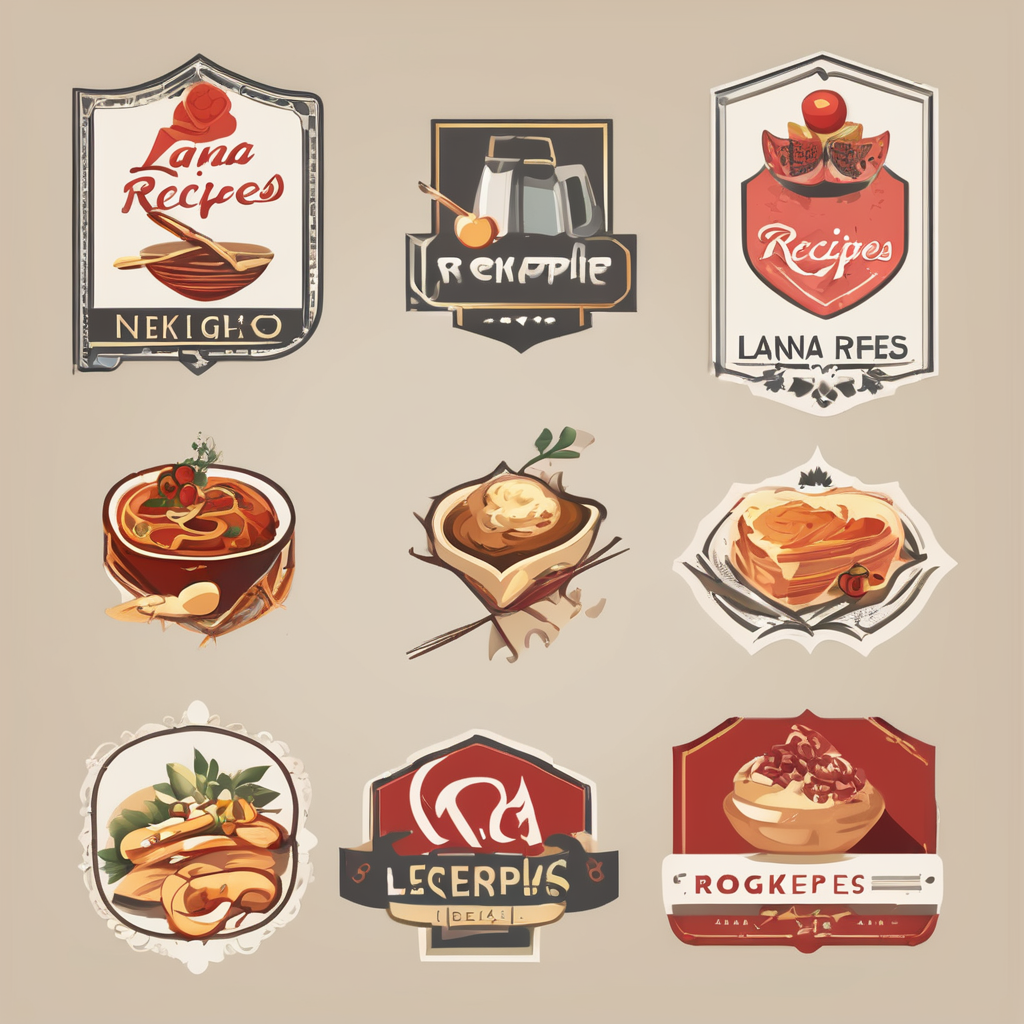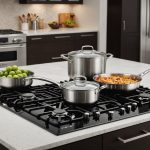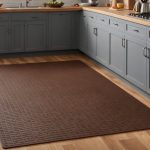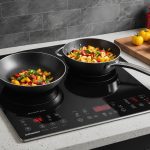The kitchen is often a bustling hub of activity in the home, serving as a space for culinary creativity, family gatherings, and everyday meals. With its multifaceted role, kitchen lighting becomes an essential element to consider for both functionality and ambiance. When thoughtfully chosen, lighting can transform a kitchen into a warm, inviting atmosphere while also providing the necessary visibility for cooking and other tasks. This article delves into the nuances of selecting the right kitchen lighting, offering key insights and practical tips to help you illuminate your space effectively.
Understanding Kitchen Lighting Basics
When embarking on the journey to choose the ideal kitchen lighting, it’s crucial to start with an understanding of the three main types of lighting: ambient, task, and accent. Each serves a unique purpose and together they create a layered effect that enhances both functionality and ambiance.
In the same genre : The complete handbook for choosing the ideal popcorn machine to enhance your movie night experience
Ambient Lighting serves as the foundational light in your kitchen. Typically, this is the primary source of illumination, providing a uniform glow that fills the entire space. Ceiling fixtures such as recessed lights or chandeliers are common choices for ambient lighting. Opt for dimmable options to adjust the intensity according to different times of the day and occasions.
Task Lighting is more focused and is specifically designed to help you perform tasks that require precision and concentration, such as slicing vegetables or reading a recipe. Under-cabinet lighting is a popular choice, casting light directly onto countertops and workspaces without the harsh glare.
This might interest you : What are the best practices for organizing a pantry to reduce food waste?
Accent Lighting adds depth and dimension to your kitchen, highlighting its features and architecture. Pendant lights over an island or a small spotlight on a decorative backsplash can add visual interest and charm.
Combining these three elements ensures that your kitchen is not only practical but also aesthetically pleasing.
Selecting the Right Fixtures
Choosing the right fixtures is akin to selecting the perfect accessories for an outfit; they must complement the overall design while standing out in their own right. The variety of kitchen lighting fixtures available today offers endless possibilities to enhance your space.
Pendants are a versatile choice, perfect for adding both style and function. Whether hung over a kitchen island, dining area, or as accent pieces, pendants offer a wide range of designs from industrial to modern and everything in between. When selecting pendants, consider the size of the room and the height of your ceilings to maintain balance and proportion.
Recessed Lighting, often referred to as downlights, can be unobtrusive yet efficient. These fixtures are installed within the ceiling, providing a clean and modern look. They work well for ambient lighting, especially in kitchens with low ceilings where hanging fixtures might be impractical.
Track Lighting is flexible and can be adjusted to direct light precisely where needed. This adaptability makes it a stellar choice for kitchens where the layout might change. Track lighting can serve both task and accent purposes, providing targeted illumination on workspaces or highlighting features such as artwork or plants.
Ultimately, the right fixture not only serves a functional purpose but also contributes to the kitchen’s visual narrative, resonating with the overall style and theme of the home.
Choosing the Right Bulbs
Selecting the appropriate light bulbs is as crucial as choosing the fixtures themselves. The type of bulb you select can affect the color temperature and mood of your kitchen, impacting both its functionality and ambiance.
LED Bulbs are a popular choice for modern kitchens, being energy-efficient and long-lasting. They come in a variety of color temperatures, from warm to cool, allowing for flexibility in setting the desired ambiance. Opt for a warmer tone to create a cozy atmosphere or a cooler hue for a crisp, modern feel.
Halogen Bulbs provide a bright, white light that is excellent for task lighting. They are often used in under-cabinet fixtures, helping to illuminate countertops with minimal shadowing. While they are less energy-efficient than LEDs, their clear, focused light is unbeatable for precision tasks.
Fluorescent Bulbs were once the go-to for kitchens due to their cost-effectiveness, though they are being replaced by LEDs as they offer more benefits in terms of energy savings and bulb longevity.
Smart Bulbs are a technological advancement that allows for further customization. With the ability to control color and intensity via a smartphone app, they offer unparalleled flexibility and ease of use.
By carefully selecting the right bulb type, you can enhance your kitchen’s atmosphere, ensuring that each space is lit according to its intended purpose.
Integrating Lighting with Kitchen Design
In the process of selecting lighting for your kitchen, it is paramount to consider how these elements integrate with the overall design. A seamless blend between lighting and decor can elevate the kitchen experience, making it both functional and alluring.
Design Consistency is essential in creating a harmonious look. The style of your lighting fixtures should complement other design elements such as cabinetry, countertops, and flooring. For instance, sleek, minimalistic fixtures might align well with a contemporary kitchen, while ornate, vintage designs could enhance a more traditional space.
Color Coordination plays a significant role in achieving aesthetic coherence. The color of your light fixtures should not clash with the kitchen’s color palette. Metallic finishes such as brushed nickel or brass can add a touch of sophistication, while bold, colorful fixtures might serve as a focal point.
Highlighting Key Areas with strategic lighting choices can draw attention to architectural elements or decor features that deserve to be showcased. Illuminating a textured backsplash or an open shelf with beautiful crockery can add character and depth to your kitchen.
By thoughtfully integrating lighting with your kitchen design, you ensure a space that is not only practical but also visually appealing, enhancing the overall experience for anyone who steps into your kitchen.
In conclusion, selecting the right kitchen lighting is a meticulous process that warrants careful consideration of various elements, from types of lighting to fixtures and bulbs. By understanding the interplay between functionality and ambiance, and how to balance these elements within your design, you can transform your kitchen into a space that meets your practical needs while exuding warmth and charm.
Illuminate your culinary haven with thoughtful choices, and watch as it becomes a cherished focal point in your home, where functionality and beauty coexist harmoniously.











